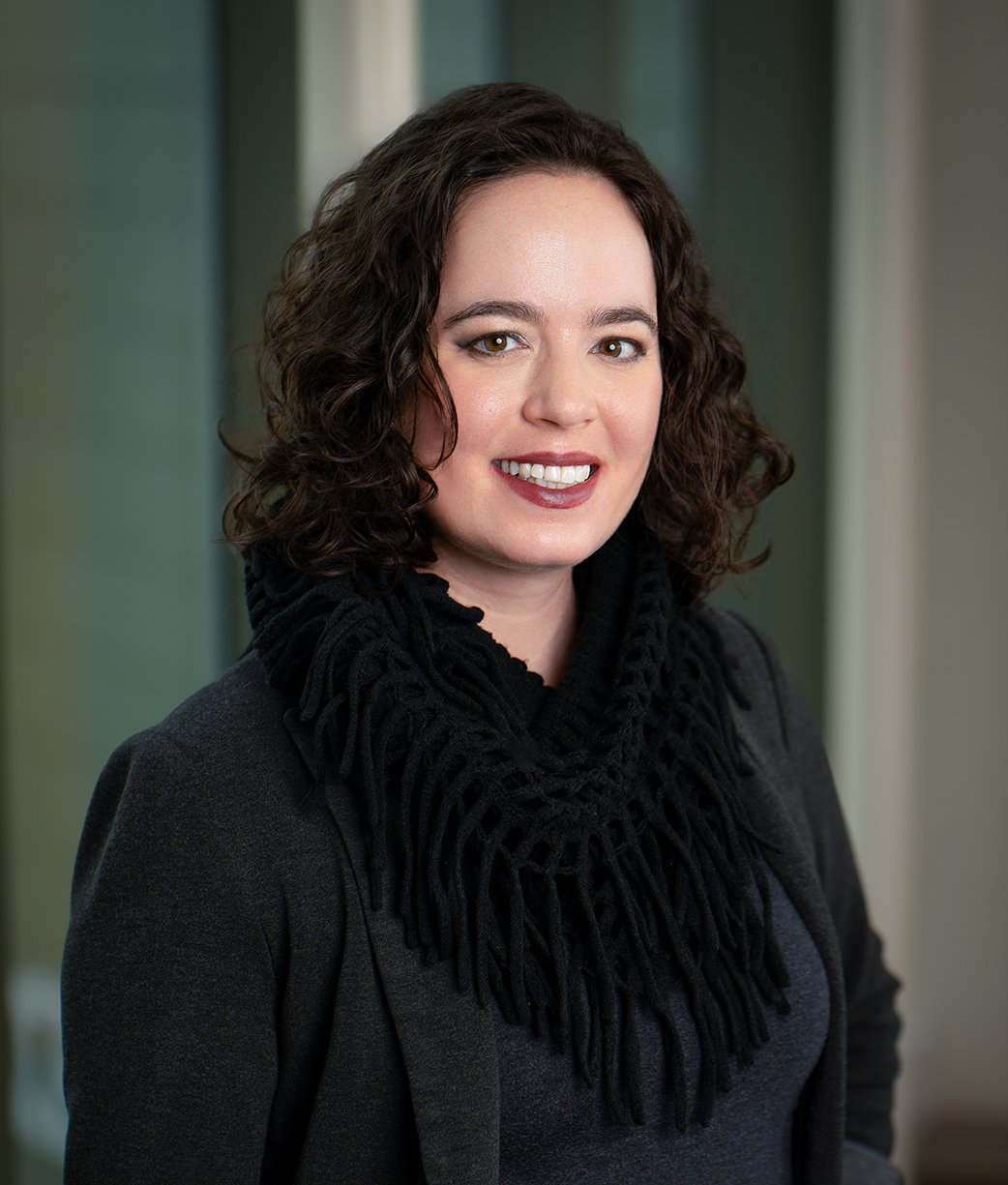



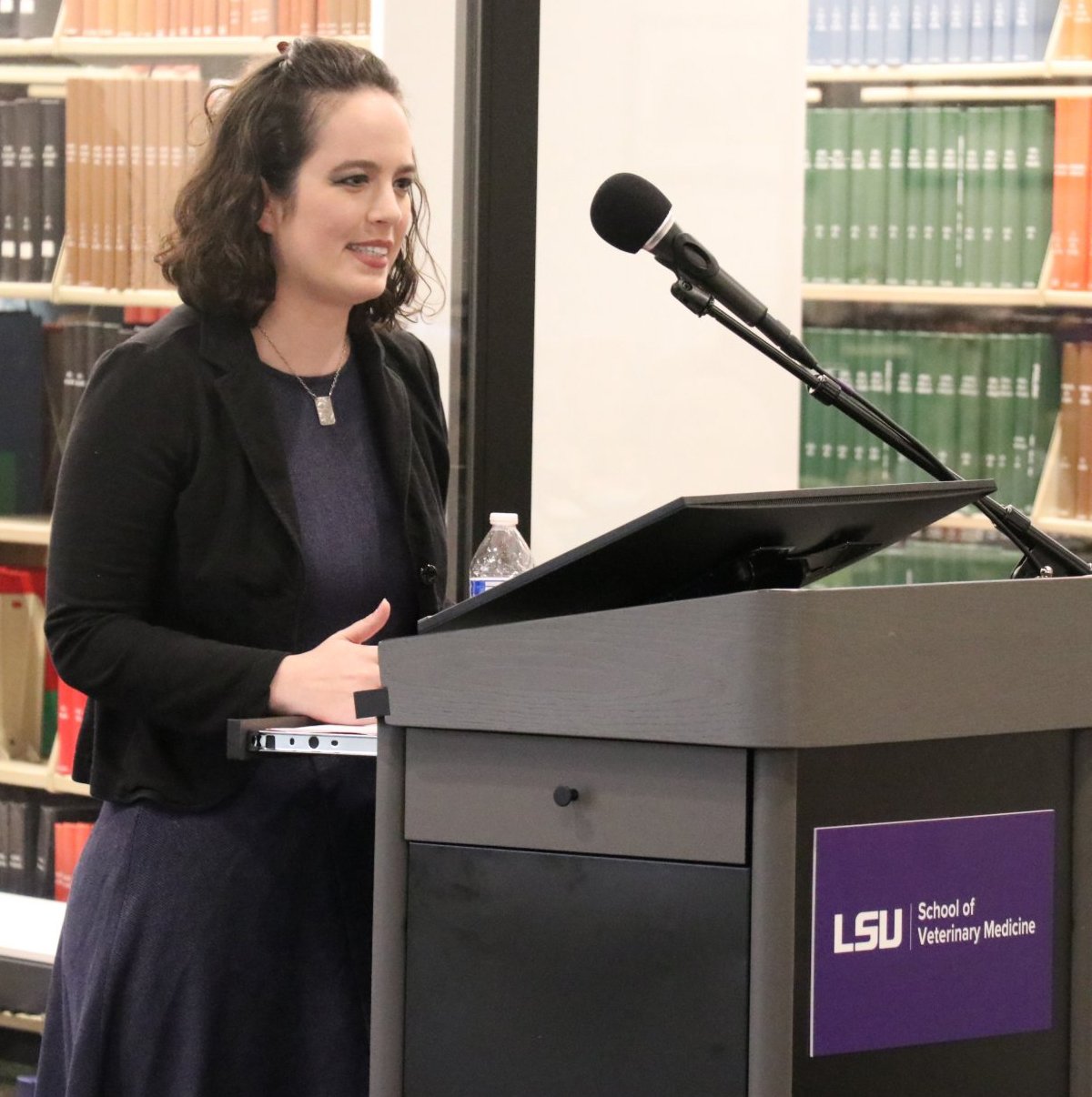
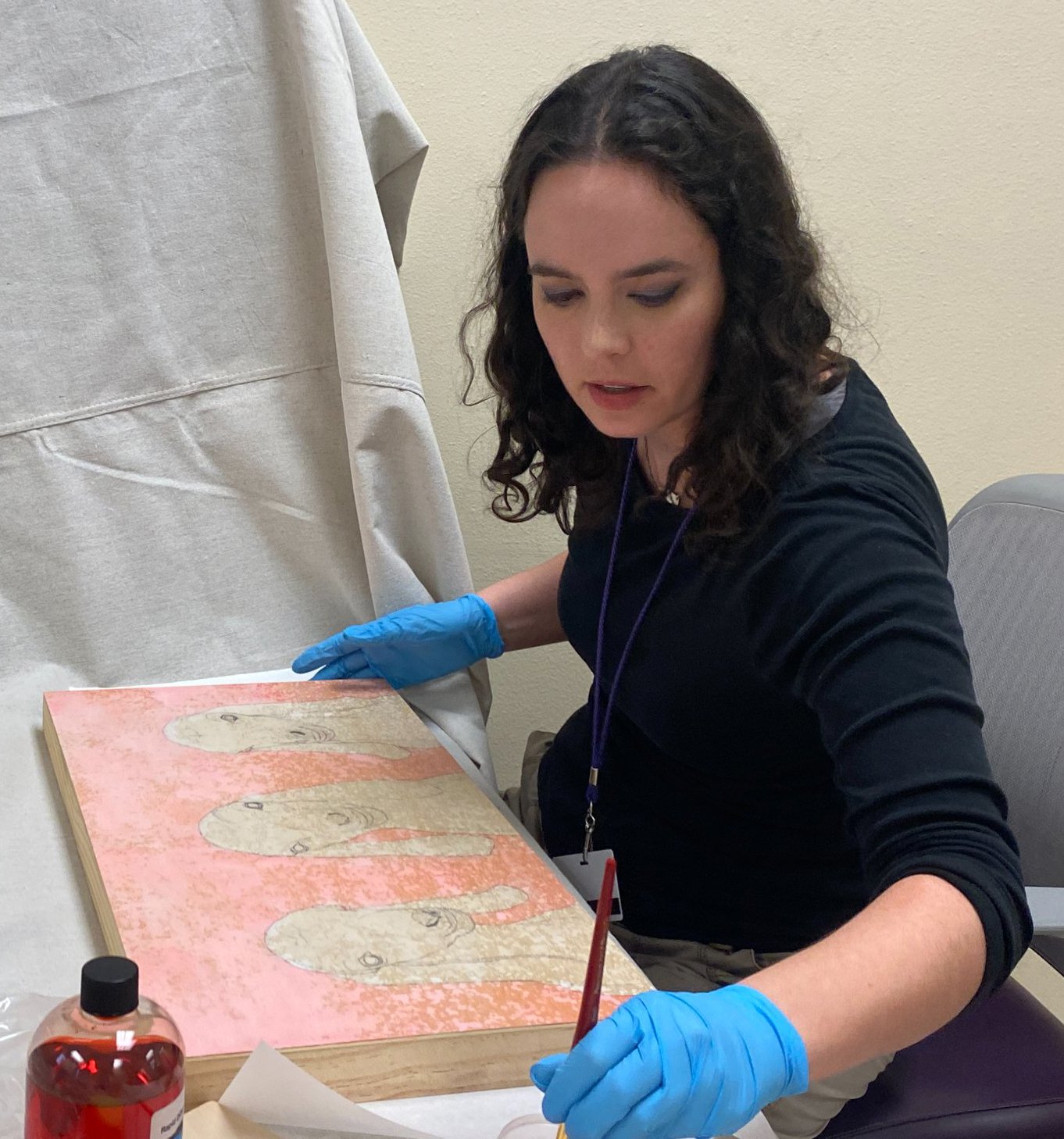



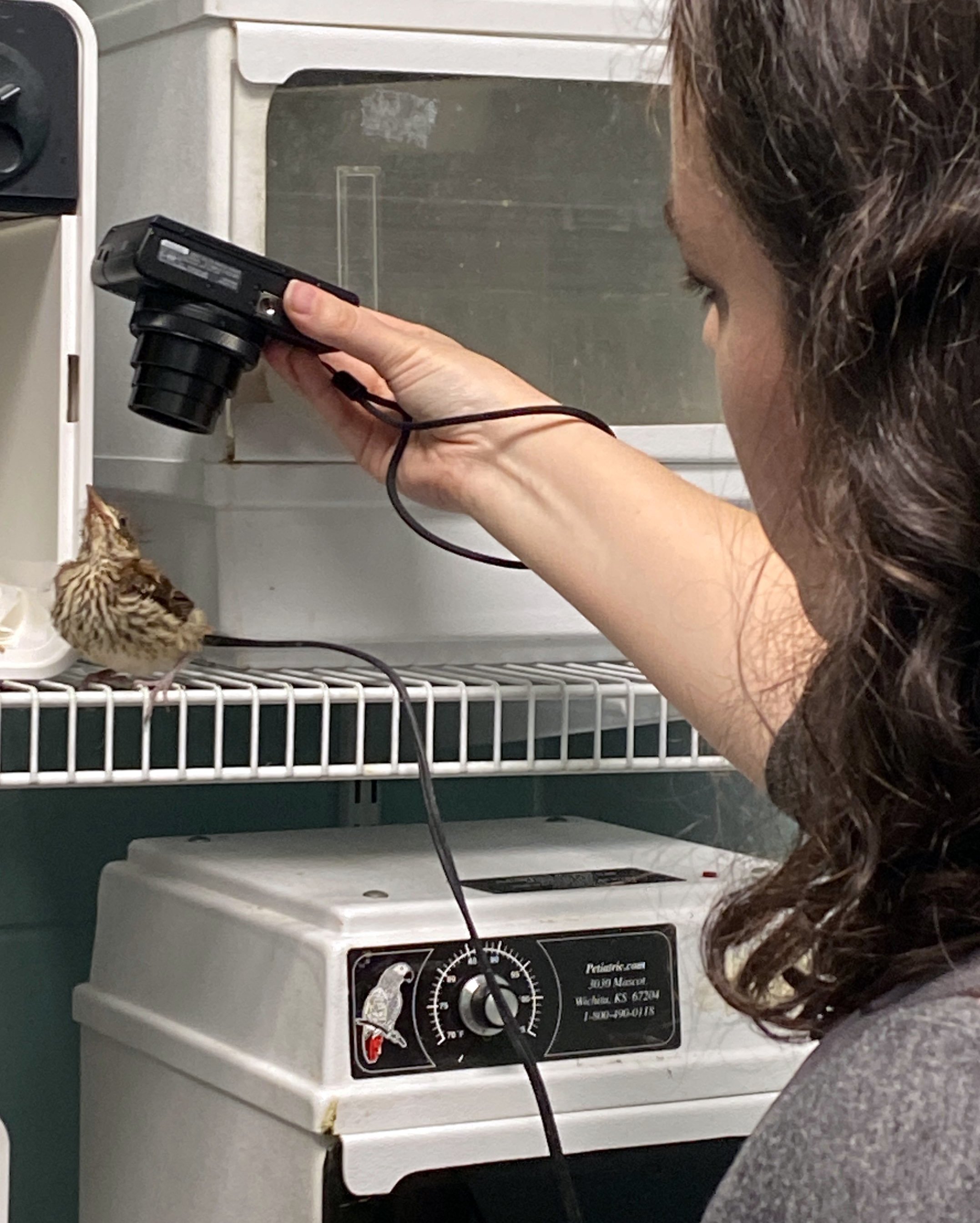
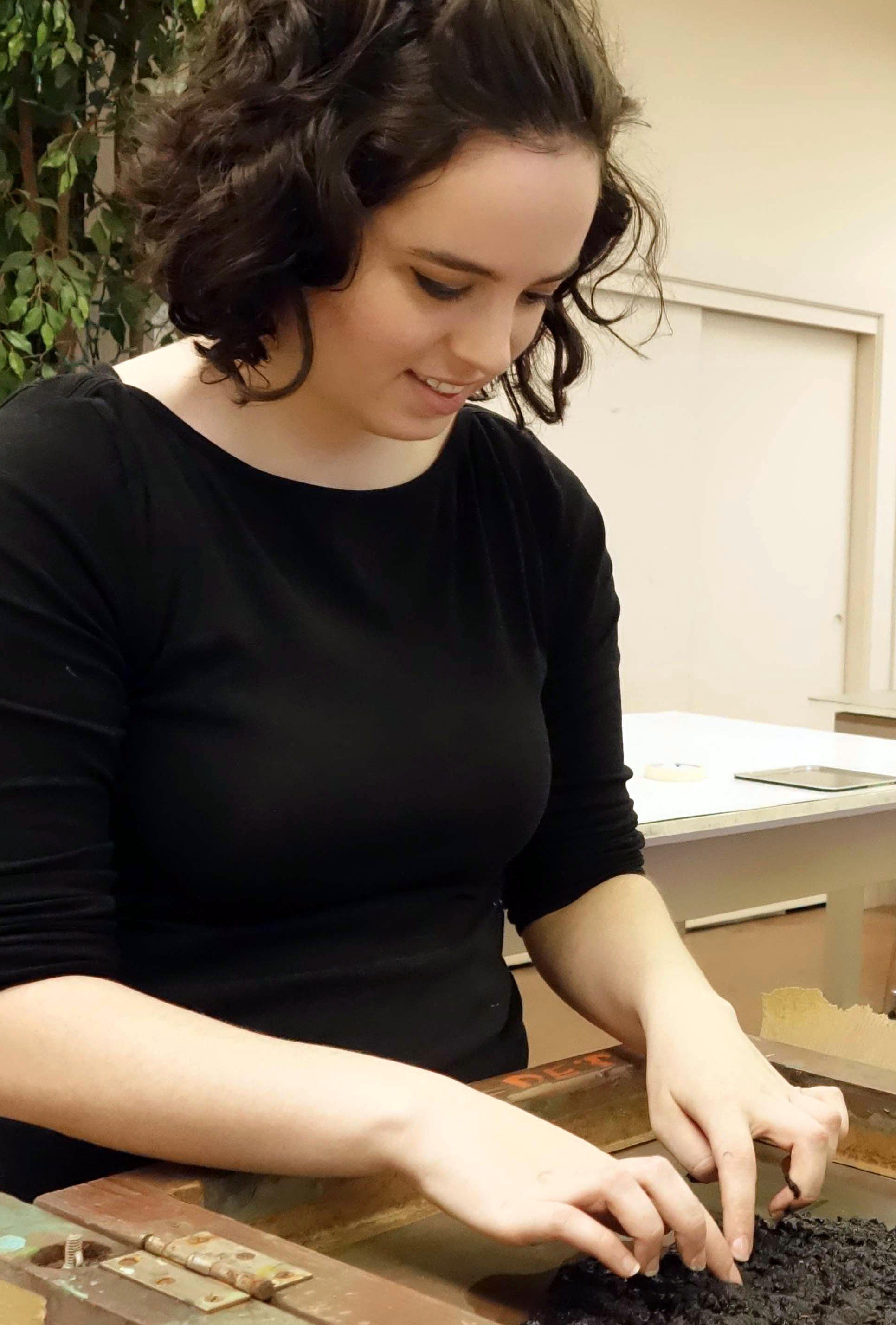
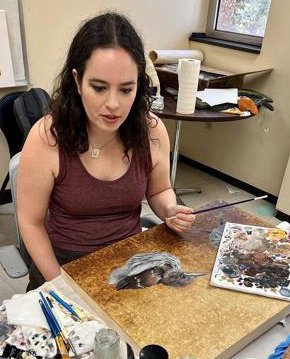
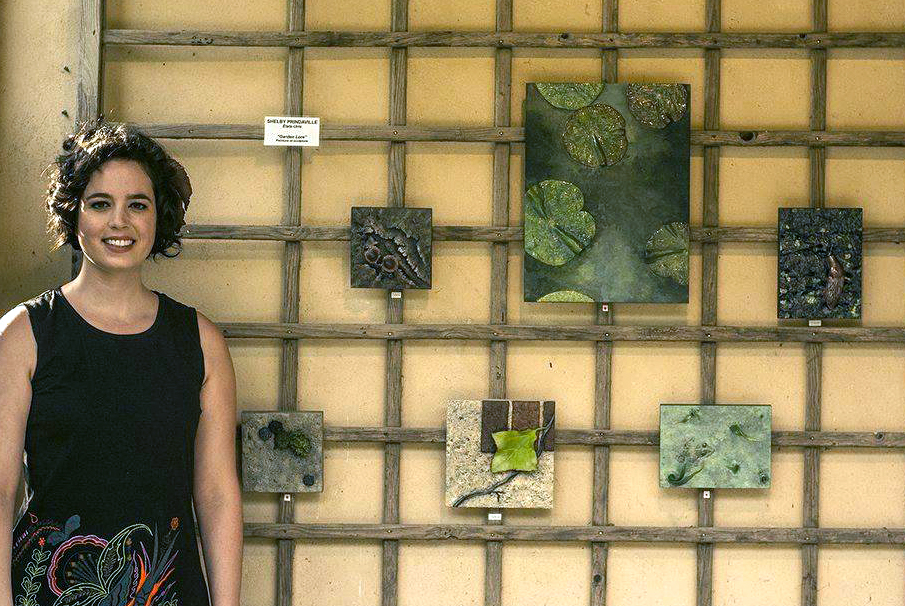
About the artist
Shelby Prindaville is an interdisciplinary artist combining science and a wide range of art disciplines to examine the human role in shaping an ecological balance and encourage a more connected and conservation-focused approach.
Shelby Prindaville’s artwork has been exhibited in various venues internationally and throughout the United States, including Kyoto, Madrid, Athens, Buenos Aires, New York City, Philadelphia, Boston, Washington D.C., Minneapolis, Omaha, Kansas City, St. Louis, Baton Rouge, Fort Worth, and Los Angeles, as well as online. Her work is included in public and private collections, and she has been awarded a variety of grants, prizes, and residencies. She has been selected as a World Wildlife Fund tour artist, was invited to be the first-ever artist in residence at a veterinary school in the United States (at the LSU School of Veterinary Medicine), and has been published in numerous journals, catalogs, and media outlets.
Shelby Prindaville is the Art Department Chair, Galleries Director, and Professor of Art at Morningside University in Sioux City, Iowa. She also serves on the Board of Trustees for the Sioux City Art Center.
Prior to her employment at Morningside, Shelby served as the Art Program Director and Assistant Professor of Art at the University of Saint Mary in Leavenworth, Kansas. She also worked as an Instructor and Gallery Special Projects Coordinator at Louisiana State University in Baton Rouge, Louisiana, while completing her Master of Fine Arts from the interdisciplinary LSU Painting and Drawing Program in 2013. She received her Bachelor of Arts in fine arts with a concentration in sculpture from the University of Pennsylvania in Philadelphia, Pennsylvania, in 2008.
Her interest in science and art extends to her collaboration with LSU Chemistry Professor John A. Pojman, which has led to the development of new polymer clays used in her mixed media reliefs and sculptures.
About the artwork
I am interested in the human role in shaping an ecological balance and create art pieces centered on the beautiful fragility and resilience of the natural world. I want viewers to interact and emotionally connect with my work and for that experience to demonstrate the joy of contemplative engagement with nature as well as provide a taste of the sorrow a disconnect with nature can bring.
The scientific fields of botany, chemistry, ecology, environmental sciences and ethics, horticulture, materials science, and zoology are all particularly relevant to my work. Environmental conservation, species loss, climate change, invasive species, unusual animal and plant adaptations and behaviors, and other related concepts regularly inspire my pieces. The conceptual and aesthetic power of media is an important facet of my artwork. I connect finished artwork to its origin through local and sometimes non-traditional media that have deep connections to place.